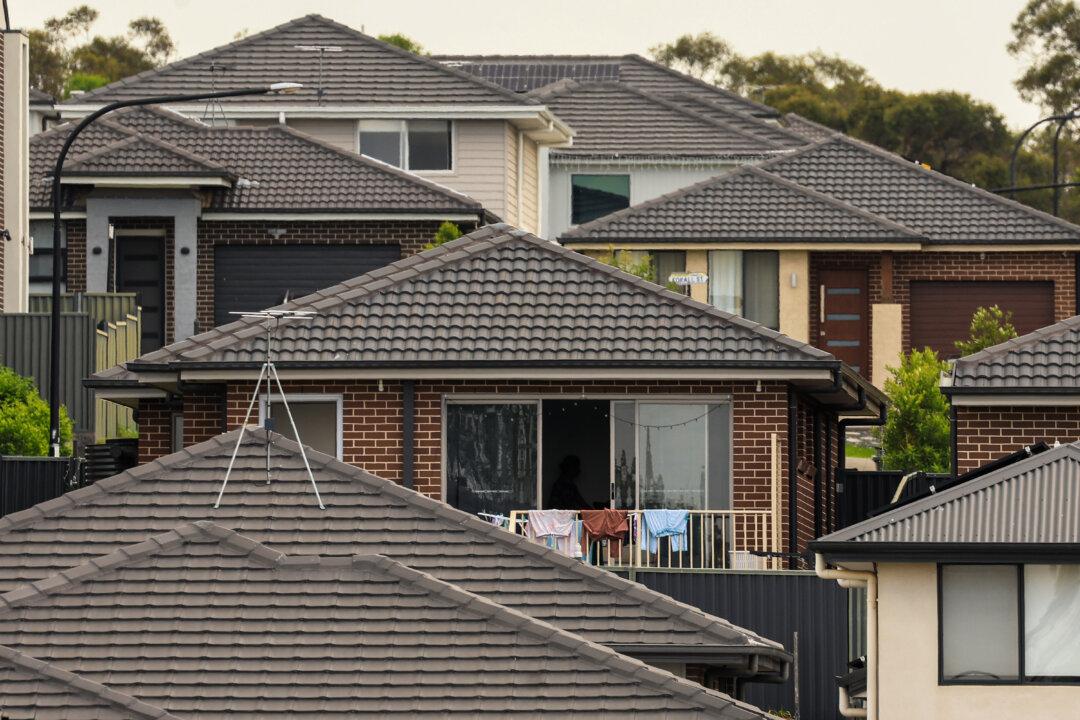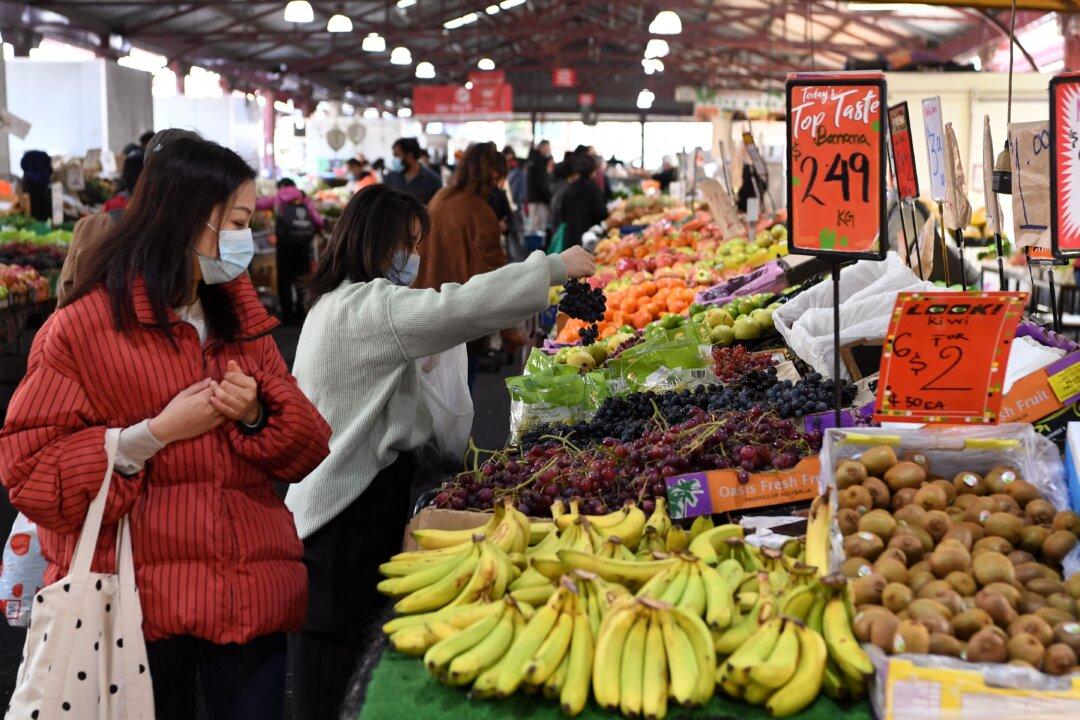For the 19th consecutive month, home values have continued to rise nationally, with August recording a 0.5 percent increase, according to property researcher CoreLogic.
However, different cities have shown vastly different performances.
Perth lead the way for capital city growth with a 2 percent monthly increase, followed by Adelaide at 1.4 percent and Brisbane at 1.1 percent.
As a result, Melbourne’s median dwelling value has now been overtaken by Adelaide and Perth, making it the third-lowest among capital cities.
Adelaide’s median is $790,800, Perth’s is $785,250, and Melbourne’s is $776,044.
Melbourne’s home values have declined for six consecutive months, influenced by the increased tax burden on investment properties.
“This marks the first time since February 2015 that Perth’s median has surpassed Melbourne’s and the first time in CoreLogic’s 40-year history that Adelaide’s median is higher than Melbourne’s,” notes the CoreLogic report.
CoreLogic’s Head of Research, Eliza Owen, said the high growth seen in Perth, Adelaide, and Brisbane might not be sustainable due to increasing affordability pressures, elevated interest rates, and loosening labor market conditions.
She highlighted that demand has shifted towards lower-priced properties, with unit values outpacing house values in five of the eight capitals.
In other capital cities, Sydney saw a modest 0.3 percent rise, while Canberra (-0.4 percent), Melbourne and Darwin (-0.2 percent), and Hobart (-0.1 percent) experienced declines.
Gap Between Demand and Supply Closing
The pace of growth across the country is slowing, with the quarterly increase at 1.3 percent—less than half of the 2.7 percent growth seen in the same period in 2023.CoreLogic highlights that demand for housing still outstrips supply, though the gap is narrowing.
“Supply levels vary significantly by region, with Melbourne’s total listings about 25 percent above the five-year average, while Perth and Adelaide are down by more than 40 percent,” the report notes.
Owen pointed to affordability constraints as a key factor in the broader slowdown, alongside seasonal influences.
“The seasonally adjusted Home Value Index showed a 1.7 percent increase in the three months to August, but this is still down from the 3.3 percent rise seen in winter 2023,” she said.
However, the national housing market is expected to see modest value increases through the end of 2024.
“While there is a clear slowdown in growth, housing values are underpinned by a longer-term lack of new supply, which has been exacerbated recently by ongoing constraints in the residential construction sector,” Owen said.
“Tight job markets continue to support mortgage servicing, however a more substantial loosening than expected in the labour market is a key risk for housing values.”
It said interest rates will be the main influencing factor to house prices in 2025.
Relief in Sight as Rent Growth Stalls
Renters may find some relief as the pace of rent growth slows nationwide.CoreLogic’s latest rent index remained unchanged for a second consecutive month in August, with rent values in Sydney also declining for the second month in a row.
While seasonal factors can influence monthly figures, the broader annual trend indicates a consistent slowdown in rent increases.
Nationally, rent values rose by 7.2 percent in the year to August, marking the slowest annual growth rate since May 2021. This deceleration is evident in every capital city market except for Hobart, which rebounded from a dip in rent values throughout 2023.
Owen attributes the slowdown to a combination of supply and demand factors.
“On the demand side, net overseas migration has dropped, with ABS data showing a decline from 165,000 in the March quarter of 2023 to 107,000 in the December quarter. Additionally, there has been a decrease in international student arrivals,” she said.
However, KPMG has a different take on this. Based on its projections for new dwelling completions and the Treasury’s population forecasts, it has predicted that annual rent growth will be around 4–5 percent over the next two years.
Owen also noted a slight increase in average household size, as mentioned in the latest RBA report, suggesting that shared housing or multi-generational living arrangements may be rising in response to high rents.







